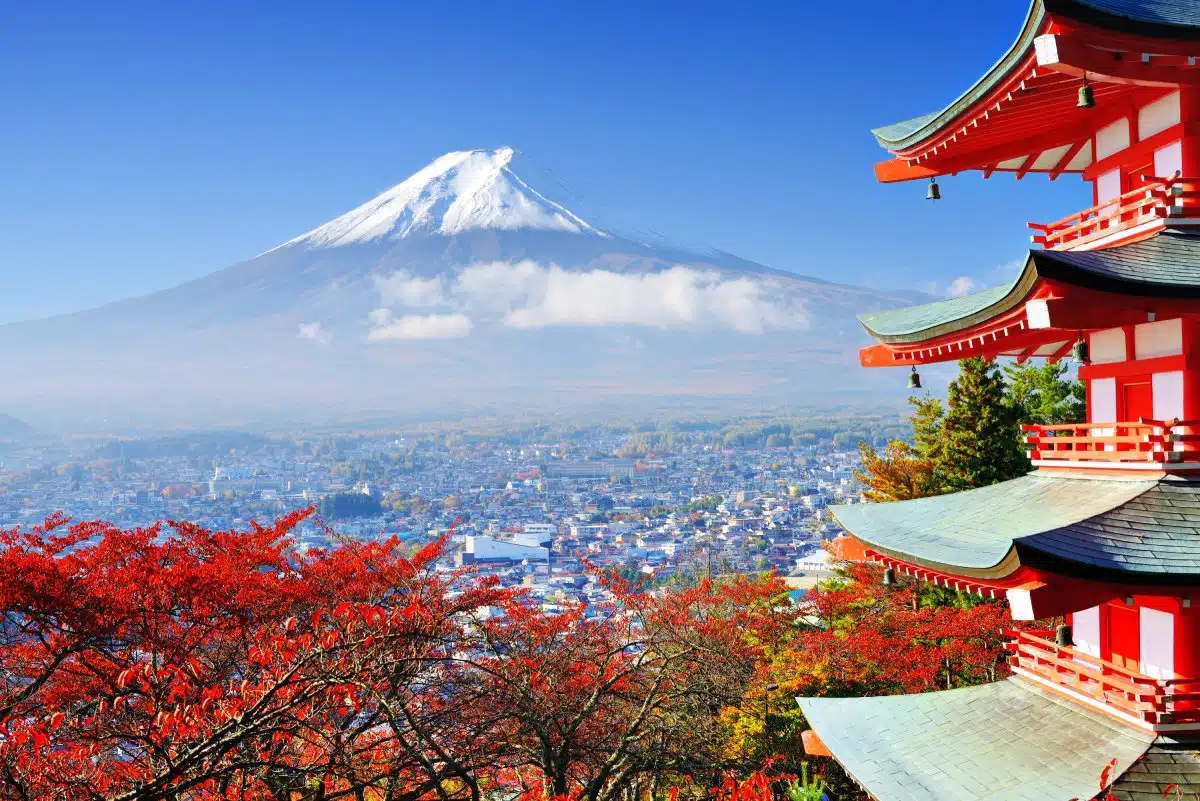Kyoto is the ancient capital of Japan, and its rich history, temples, and geisha culture precede it. Famous for its geisha entertainment and traditional teahouses, the district of Gion faces a modern-day dilemma balancing the economic benefits of tourism while preserving its unique cultural identity.
Gion’s Enchantment – A Blend of Tradition and Beauty
Visitors have been drawn to Gion by its narrow, wooden teahouse-lined alleyways for centuries. It is here you find “artists of the floating world” or geisha in their elaborate kimonos and wearing distinctive hairstyles. With music, dance, and conversation skills, they entertain. Though the geisha are not the only reason to visit the entire district, they are a living celebration of Kyoto’s exquisite craftsmanship and traditional architecture.
Tourism’s Double-Edged Sword – A Threat to Tranquility
Unfortunately, the rise in interest amongst tourists has begun to crowd the narrow streets, blocking pathways and changing the district’s atmosphere. Tours often clog the streets with tourists listening to the guides explain how their presence has begun to negatively affect the beautiful place.
The frustration of Gion residents reached a tipping point when the pandemic-induced lull in tourism ended. With international travel picking back up, the district is filling up with visitors again. The economic benefits of tourism are undeniable, but the residents wish to preserve the tranquility and respect the delicate cultural practices that define Gion.
Respectful Boundaries – Gion Implements Measures for Privacy
This desire to maintain a sense of privacy and cultural respect has led to a recent announcement by local authorities. Several private alleys within Gion will soon be designated as off-limits to tourists. Signs in both Japanese and English will politely request visitors to refrain from entering these designated areas. While the primary target is pedestrians, the signage will use a broader term for “passing through” to encompass potential misinterpretations. Additionally, a 10,000 yen fine (roughly $70) will deter those who disregard the restrictions.
Maintaining Accessibility While Preserving Culture
It’s important to note that this initiative does not signify a complete closure of Gion to tourism. The district’s public streets will remain open, allowing visitors to experience the general atmosphere and soak in the architectural beauty. Tourists can still witness the essence of Gion by exploring the designated areas, patronizing traditional shops, and appreciating the district’s historical significance.
A Global Challenge – Balancing Tourism and Tradition
Gion’s predicament is just one branch of a larger issue many tourist destinations face worldwide. Striking a balance between economic prosperity fueled by tourism and preserving cultural heritage and local well-being has been a struggle in many popular spots. Innovative solutions have been practiced worldwide, such as promoting responsible tourism practices and encouraging respectful behavior towards local customs.
Understanding the Art – Respecting the Geisha Tradition
Understanding Gion’s significance goes beyond its visual charm. The district is like a living museum, where the ancient art of the geisha is meticulously preserved. Geisha are not simply performers or entertainers; they are highly trained artists who dedicate years to mastering traditional Japanese arts like music, dance, and conversation. Respecting their privacy and allowing them to navigate the district freely is necessary to continue this unique cultural tradition
More From The Green Voyage
Top 10 Trending Travel Destinations 2024
6 Essential Banking Apps for International Travel – Managing Your Finances on the Go
Traveling With Kids – 10 Tips to Create Memorable Family Holidays
The post Kyoto’s Gion District: Balancing Tourism with Tradition first appeared on The Green Voyage.
Featured Image Credit: Shutterstock / Sean Pavone.
Tips for Trip Success
Book Your Flight
Find an inexpensive flight by using Kayak, a favorite of ours because it regularly returns less expensive flight options from a variety of airlines.
Book Your Hotel or Special Accommodation
We are big fans of Booking.com. We like their review system and photos. If we want to see more reviews and additional booking options, we go to Expedia.
You Need Travel Insurance!
Good travel insurance means having total peace of mind. Travel insurance protects you when your medical insurance often will not and better than what you get from your credit card. It will provide comprehensive coverage should you need medical treatment or return to the United States, compensation for trip interruption, baggage loss, and other situations.Find the Perfect Insurance Plan for Your Trip
